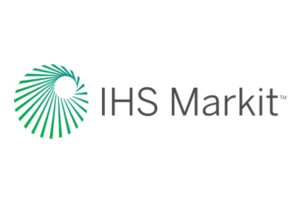According to IHS Markit, sales of Apple iPhone 6s beat all competitors in 2016.
In the last quarter of 2016, the latest iPhone 7 was the best-seller, followed by the iPhone 7 Plus. This shows that even the older models of iPhones can be sold for an extended period.
The Samsung Galaxy models, S7 Edge and S7, were ranked fifth and ninth respectively and outperformed their predecessors, the S6 and S6 Edge in 2016. The total shipments for the two S7 models were 10 million higher that the two S6 models last year.
Due to the Samsung Note 7 recall, the two S7 models have become the flagship models for Samsung. After special promotions, including bundling with the Gear VR, Samsung increased sales of its S7 range. Samsung were also able to sell older premium, and mid-tier devices to make up for the loss of the Note 7 sales.
The company also claimed an extra three places in the top 10, with its J-series phones as well as seeing shipment unit gains in the mid to low-tier segment, relative to 2015, due to sales in the emerging markets.
After Apple and Samsung, Huawei is the third biggest supplier, but did not have any models in the top 10. Just like Samsung, Huawei makes phones for different tiers of the market, either under its own branding or for its Honor range. The Huawei’s P9 did make it into the top five of the premium phones range, and performed better than with its previous premium models.
Oppo, from China, had a single model in the top ten, and posted 109% growth in smartphone shipments to became the fourth largest smartphone maker in 2016. Oppo has a smaller product range than Huawei, and operates in fewer markets, but due to home market sales of 80%, sells more phones than Huawei.

